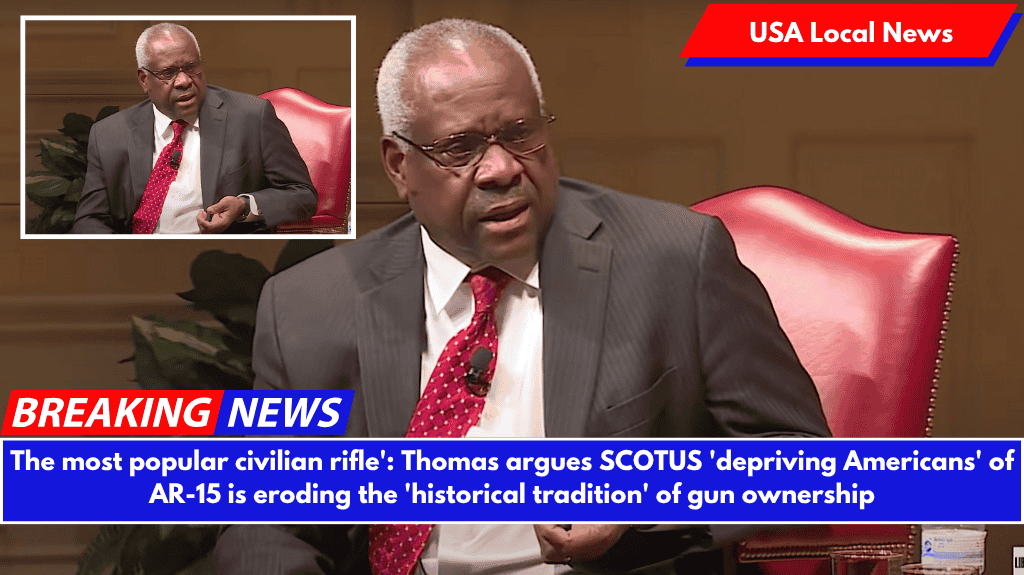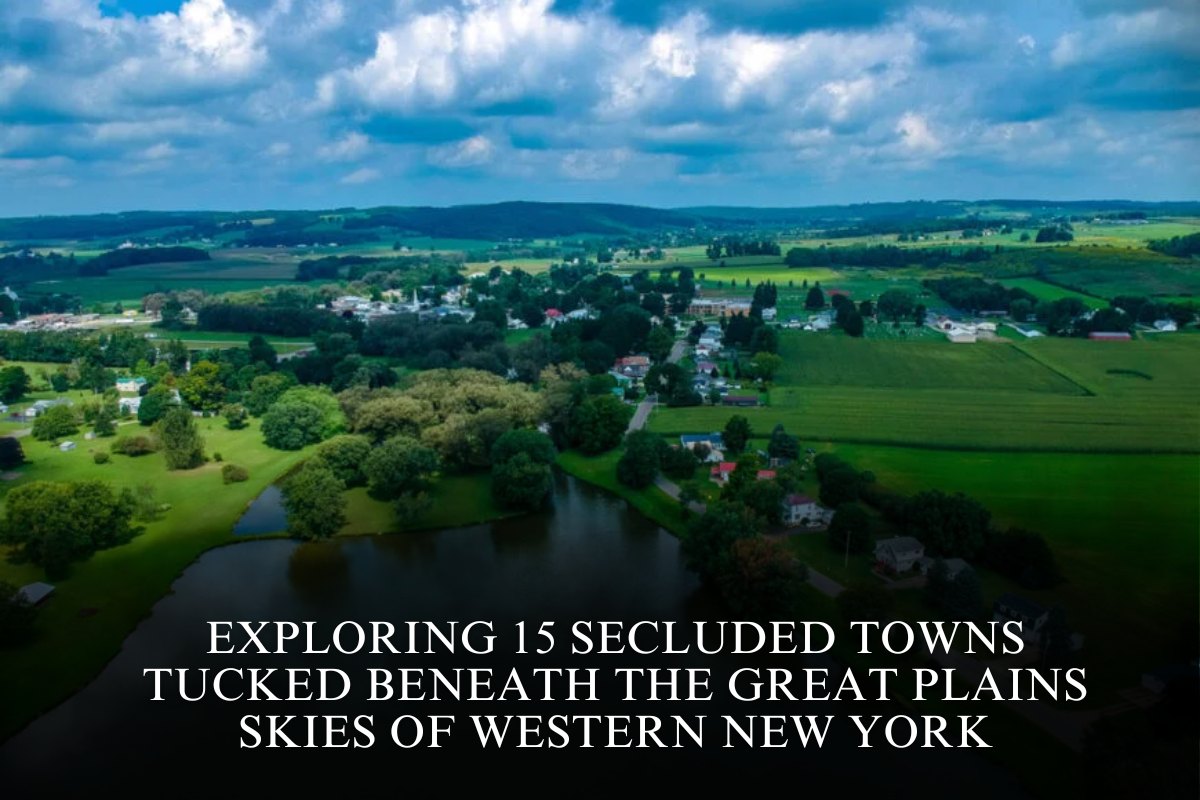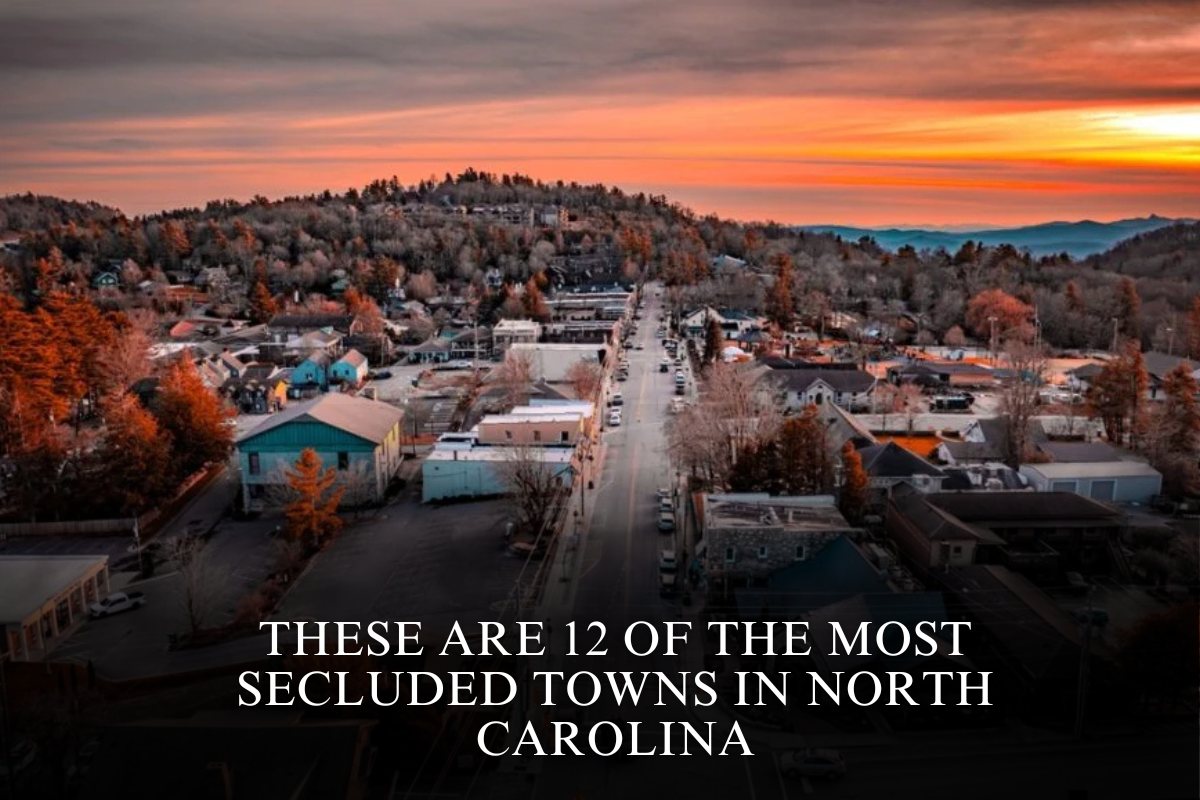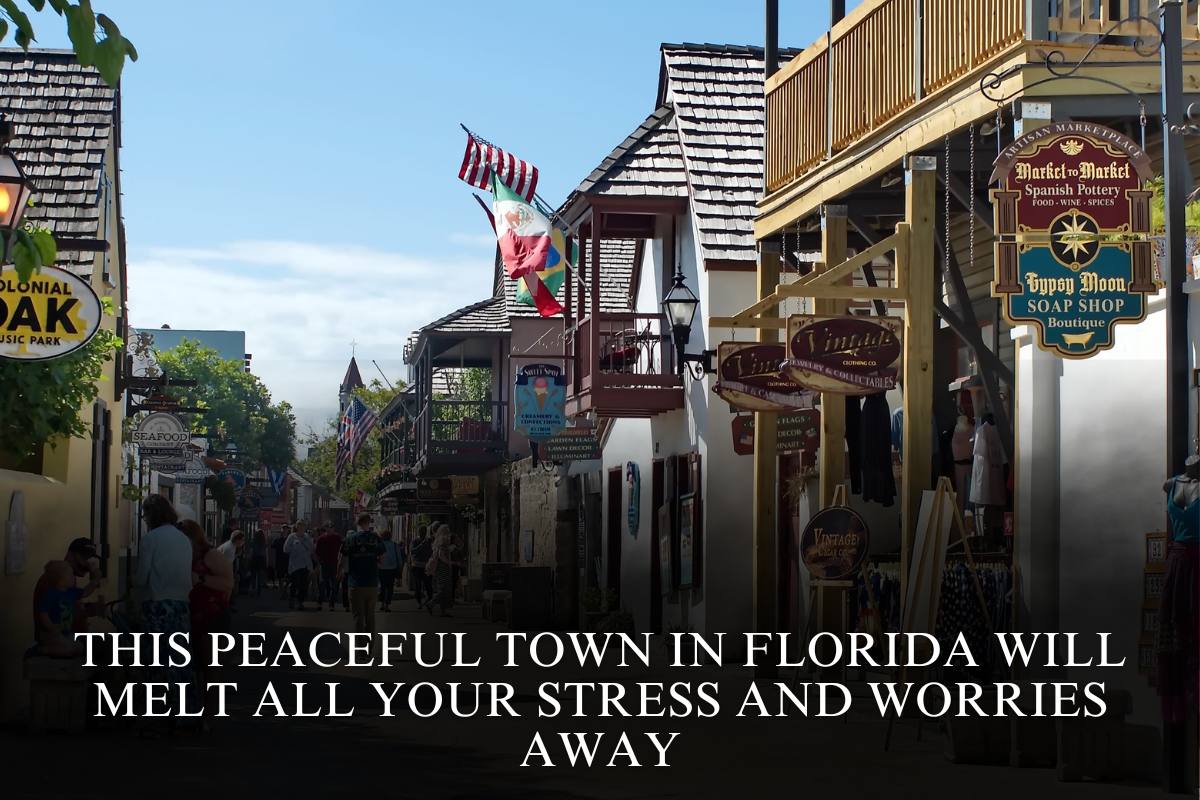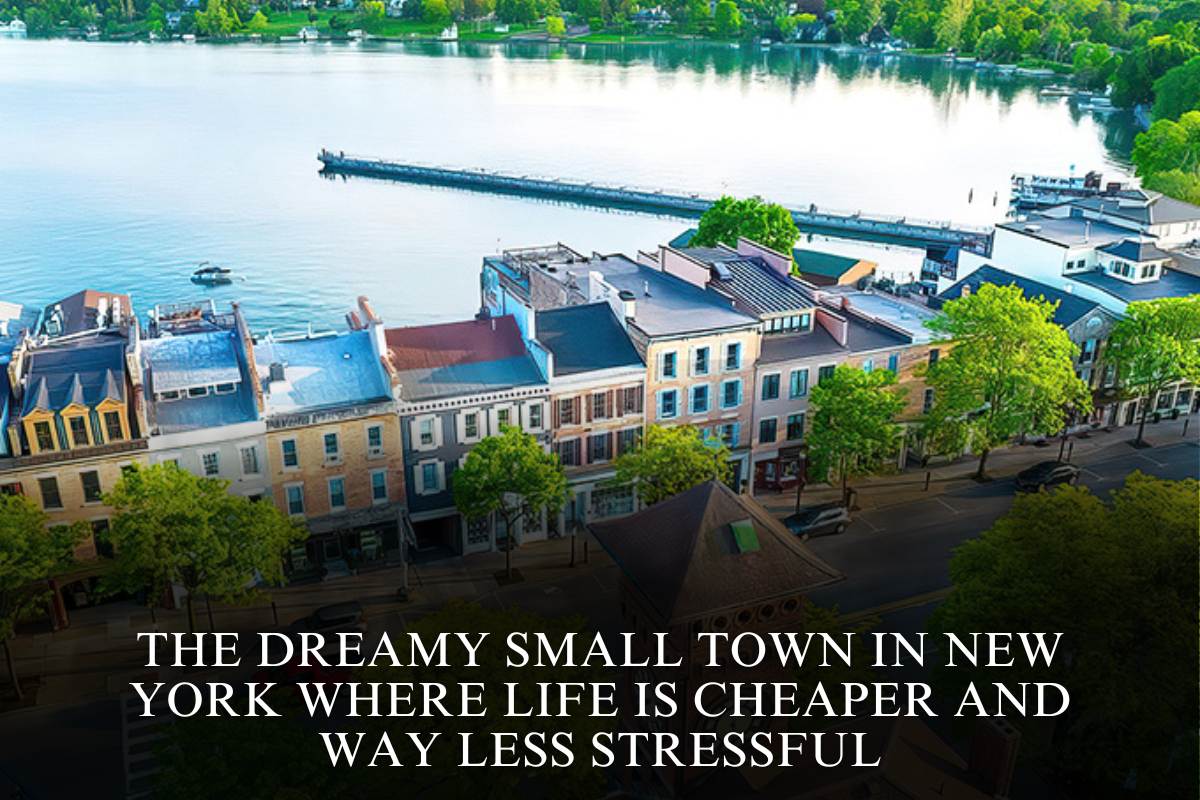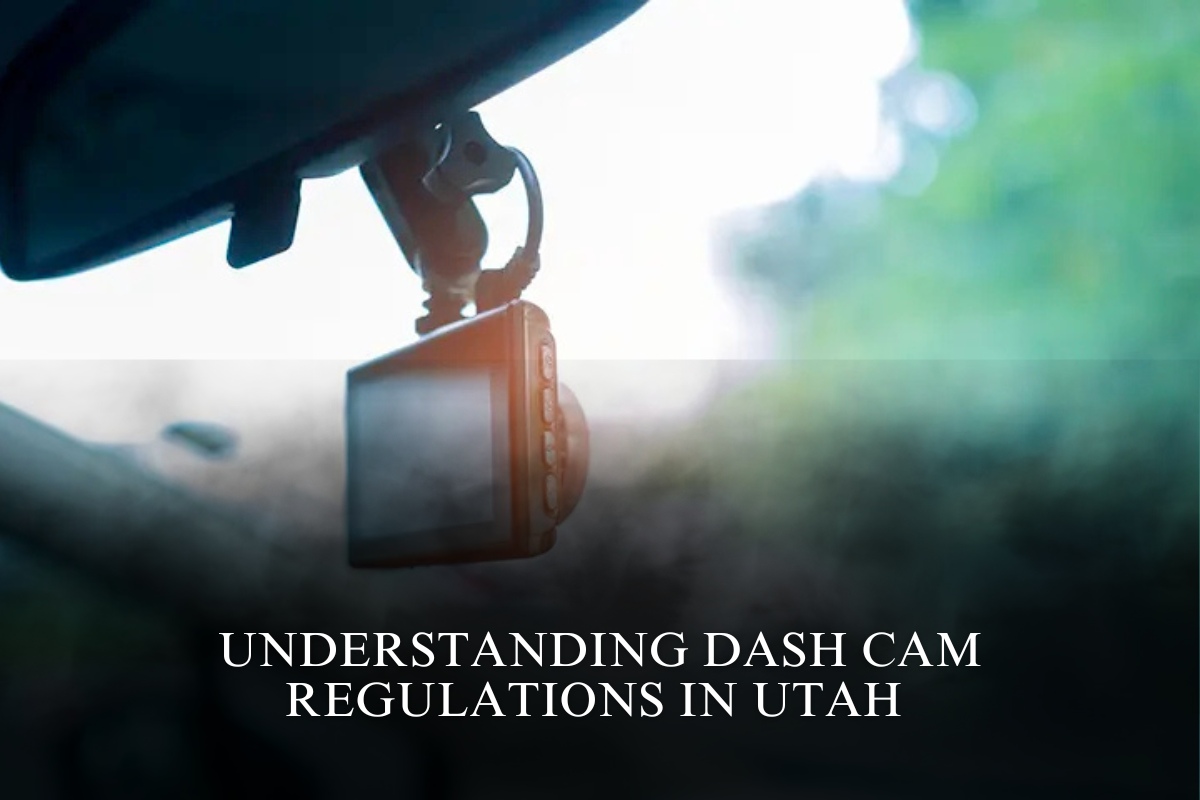The Supreme Court declined to hear a case involving Maryland’s assault weapons ban, enacted shortly after the 2012 Sandy Hook Elementary School massacre in Newtown, Connecticut.
Three of the Court’s conservative justices, Samuel Alito, Neil Gorsuch, and Clarence Thomas, said they would have heard the appeal, leaving one vote short of the required four.
Snope v. Brown challenges Maryland’s Firearm Safety Act of 2013, which prohibits certain semiautomatic rifles, including AR-15s, and limits magazines to 10 rounds.
Several gun rights activists and gun advocacy organizations challenged Thomas, claiming that AR-15s are “the most popular gun in America,” a point that appears to have resonated with him.
In August 2024, the United States Court of Appeals for the Fourth Circuit upheld Maryland’s ban, citing the banned rifles as “dangerous and unusual” weapons that fall outside the scope of Second Amendment protection for “arms.”
The 4th Circuit’s opinion was based on a narrow interpretation of New York State Rifle & Pistol Association v. Bruen. The challengers appealed, and the case was relisted by the justices at least 11 times before being denied review.
Thomas disagreed with the denial of certiorari, calling the 4th Circuit’s underlying decision “surprising” given that the AR-15 is “the most popular civilian rifle in America.”
According to Thomas, AR-15s “are clearly ‘Arms’ under the Second Amendment,” shifting the burden to Maryland to demonstrate that prohibiting them is “consistent with this Nation’s historical tradition of firearm regulation” — as Thomas demanded in the Bruen decision.
To preemptively address any concerns, Thomas stated, “I am not aware of any ‘historical regulation’ that could serve as ‘a proper analogue’ to Maryland’s ban.”
Thomas noted that Maryland relied on a historical tradition of prohibiting “dangerous and unusual weapons,” but argued that such logic would require the weapon in question to be both dangerous and unusual — and that AR-15s could not be considered “unusual” given that tens of thousands of Americans own them.
Thomas was completely unconvinced by the 4th Circuit’s reasoning that relying on popularity could result in absurd consequences.
The appellate court proposed a scenario in which states could not constitutionally regulate bazookas, ricin pellet-firing umbrella guns, or nuclear warheads simply because they had gained widespread popularity.
According to Thomas, the hypothetical exemplifies why the right to bear arms “cannot turn on judicial speculation about the American people’s self-defense needs.”
“Even if some nuclear warheads are small enough for an individual to carry, no reasonable person would think to use one to defend himself,” Thomas said. “Still less could nuclear warheads ever become a common means of self-defense.”
“To fend off the fantastical threat of Americans lobbing nuclear warheads at one another, the Fourth Circuit has allowed the very real threat of the government depriving Americans of the rifle that they most favor for protecting themselves and their families,” the judge wrote.
Thomas went on, emphasizing the importance of the question the justices avoided by denying review.
“That question is of critical importance to tens of millions of law-abiding AR-15 owners throughout the country,” Thomas argued, noting that the justices had previously avoided the question for “a full decade.”
Thomas, as usual, lamented the Second Amendment’s marginalization by courts.
“I doubt we would sit idly by if lower courts were to so subvert our precedents involving any other constitutional right,” Mr. Thomas wrote. “Until we are vigilant in enforcing it, the right to bear arms will remain ‘a second-class right.'”
Alito and Gorsuch declared that they would have heard the appeal but did not join Thomas’ dissent. However, Justice Brett Kavanaugh issued a brief statement predicting that “this Court should and presumably will address the AR-15 issue soon, in the next Term or two.”
Despite his statement, Kavanaugh voted to deny certiorari in this case. According to the famous “Rule of Four,” a case requires only the votes of four justices for the full Supreme Court to hear the appeal.
